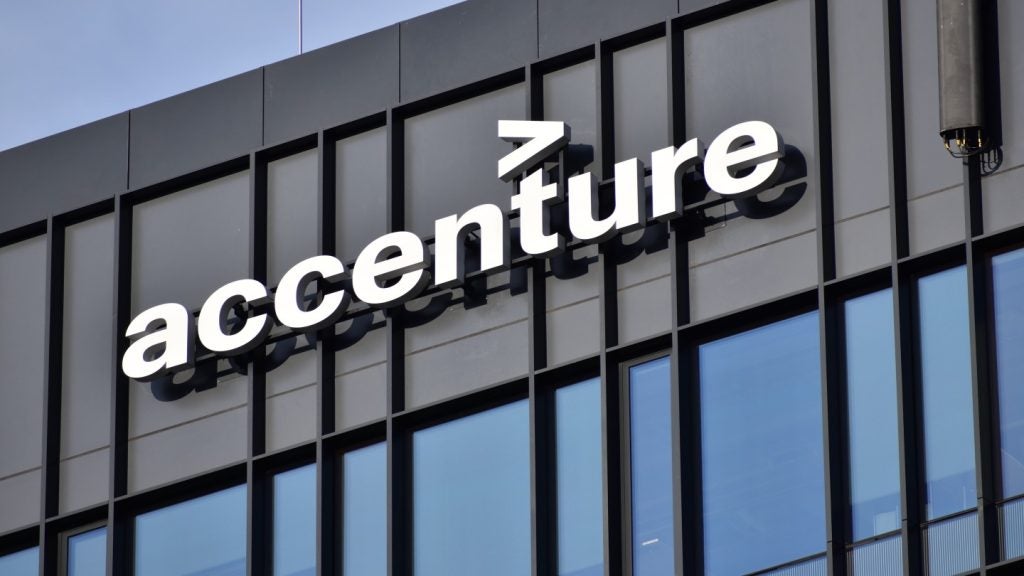Medallia has filed a patent for a system and method that optimizes callback times to increase the success rate of callbacks in contact centers. The system uses a pacing algorithm to determine skill-based match conditions for a subset of agents and routes calls to alternate sites when callbacks are unsuccessful. It also allows for preferences for re-routing back to the preferred site when a callback is successful and the previous agent is available. GlobalData’s report on Medallia gives a 360-degree view of the company including its patenting strategy. Buy the report here.
According to GlobalData’s company profile on Medallia, Speech recognition techniques was a key innovation area identified from patents. Medallia's grant share as of September 2023 was 70%. Grant share is based on the ratio of number of grants to total number of patents.
Callback management system with alternate site routing and pacing
A recently filed patent (Publication Number: US20230308545A1) describes a system for callback management with alternate site routing and callback pacing. The system includes an on-premise callback system operating at a preferred contact site, which creates a callback object upon a caller's request for a callback. The system also receives a callback time from a pacing algorithm and executes a callback to the caller at the specified time. The pacing algorithm analyzes agent data and caller data to determine if there is a skill-based match between a subset of agents and the caller. It then predicts the likelihood that the caller will answer at each determined time and selects the callback time with the greatest predicted likelihood.
The system also includes a second on-premise callback system operating at an alternate contact site. This system receives the routing from the pacing algorithm and determines a callback time. Prior to the callback time, it checks if a preferred agent at the preferred callback site is available. If the preferred agent is available, the callback is routed to the preferred contact site for execution. If the preferred agent is not available, the callback is executed to the caller from the alternate contact site.
The pacing algorithm in the system determines a callback attempt limit and increments a counter each time a failed callback is made to the caller. Upon reaching the callback attempt limit, the remaining callback attempts are routed to an alternate contact site.
The patent also describes a callback cloud service that maintains relevant agent and client data from the on-premise callback system. It interfaces with one or more alternate sites comprising an on-premise callback system and executes callback fulfillment requests.
In summary, the patented system provides a comprehensive solution for callback management. It utilizes a pacing algorithm to determine the best time for a callback based on skill-based matching and caller availability. It also includes alternate site routing to ensure callbacks are executed even if the preferred contact site is unavailable. The system can be enhanced with a callback cloud service to maintain data and facilitate communication between different callback sites.
To know more about GlobalData’s detailed insights on Medallia, buy the report here.
Data Insights
From

The gold standard of business intelligence.
Blending expert knowledge with cutting-edge technology, GlobalData’s unrivalled proprietary data will enable you to decode what’s happening in your market. You can make better informed decisions and gain a future-proof advantage over your competitors.




